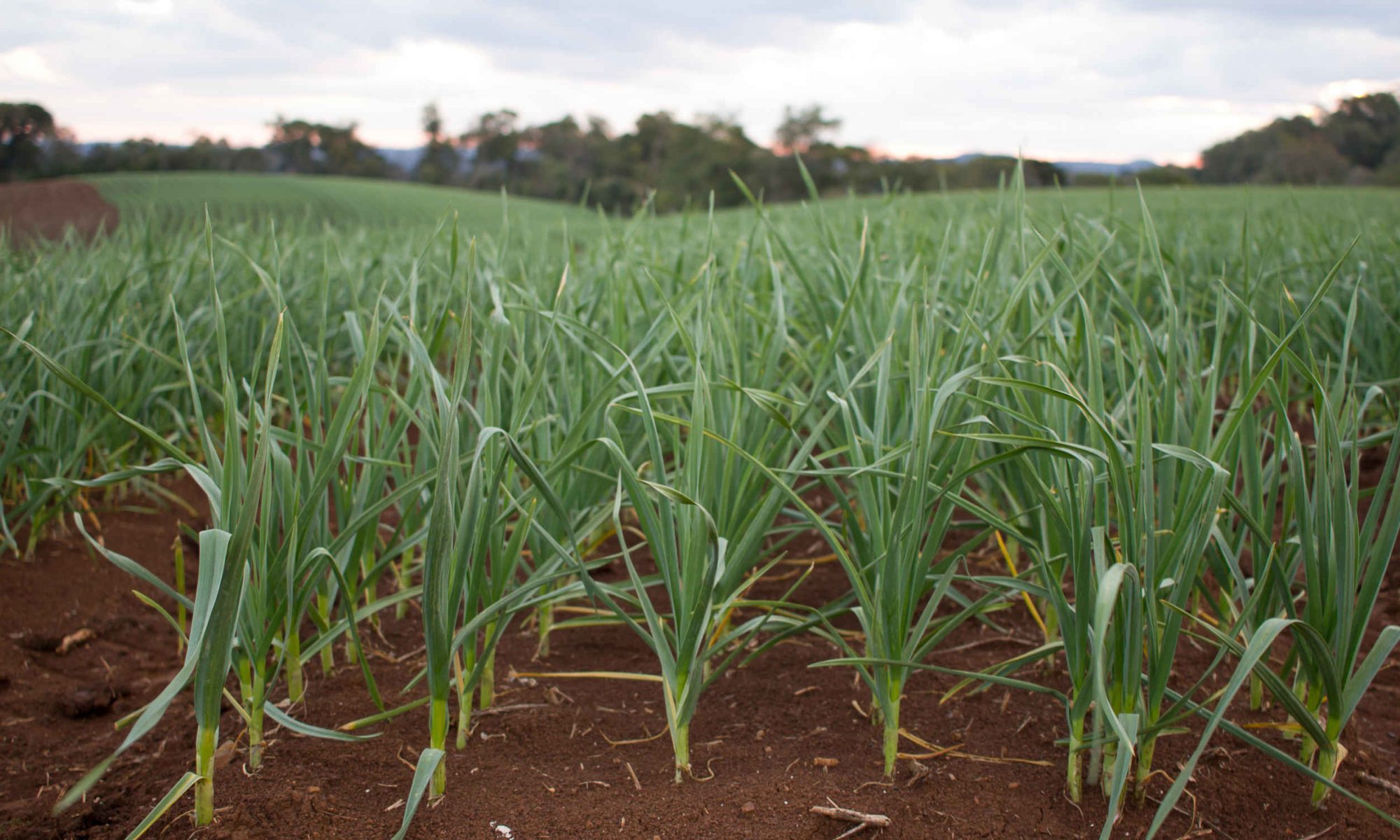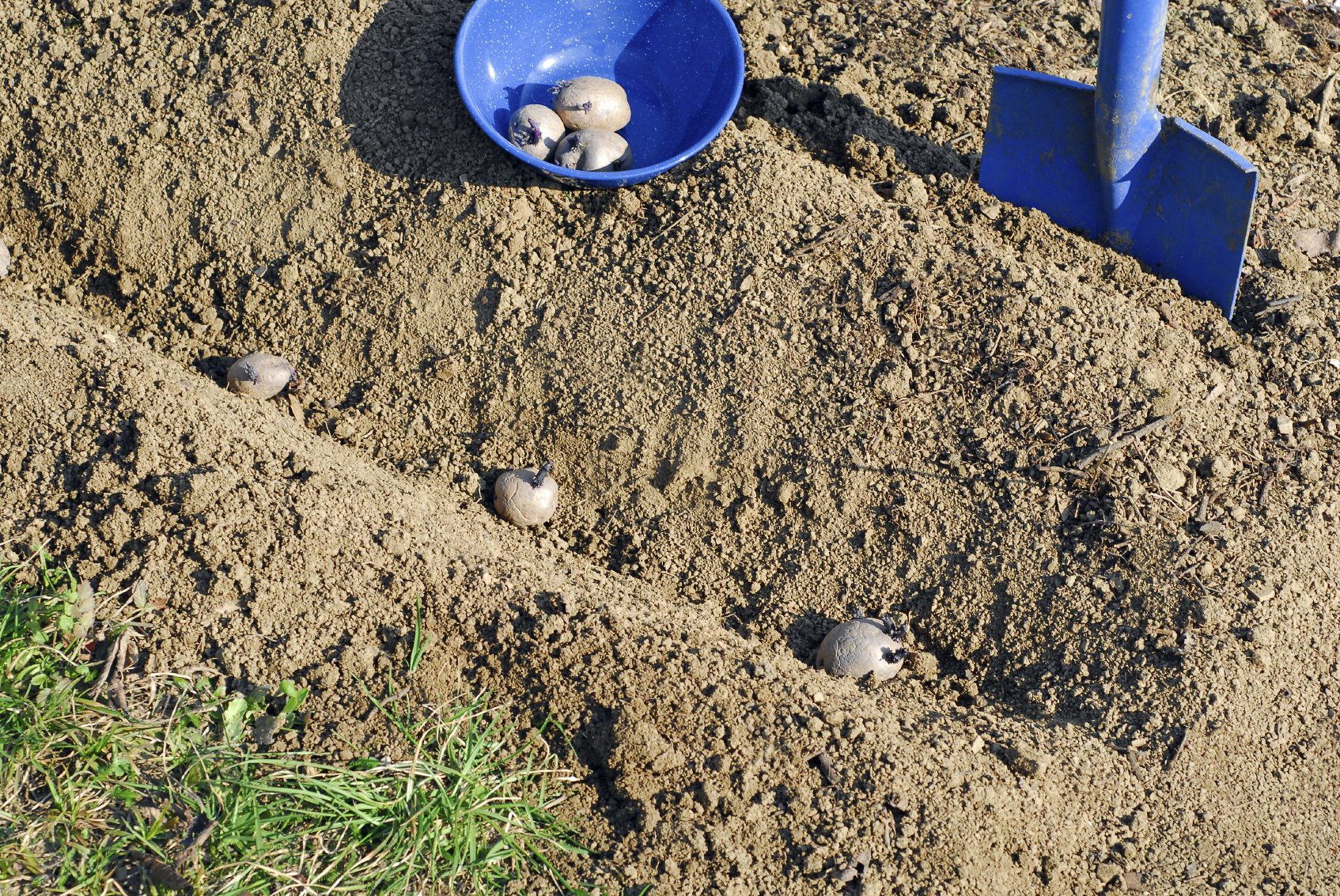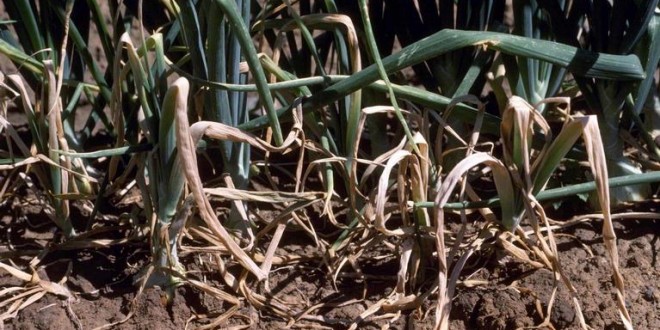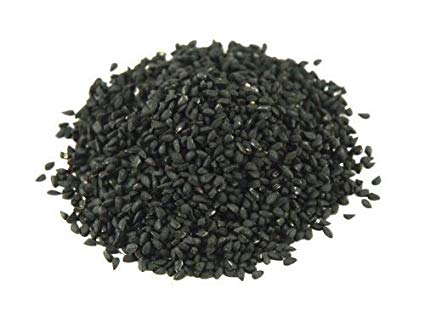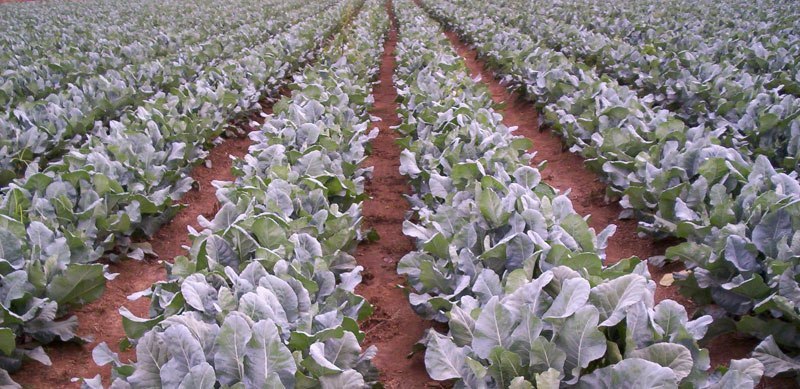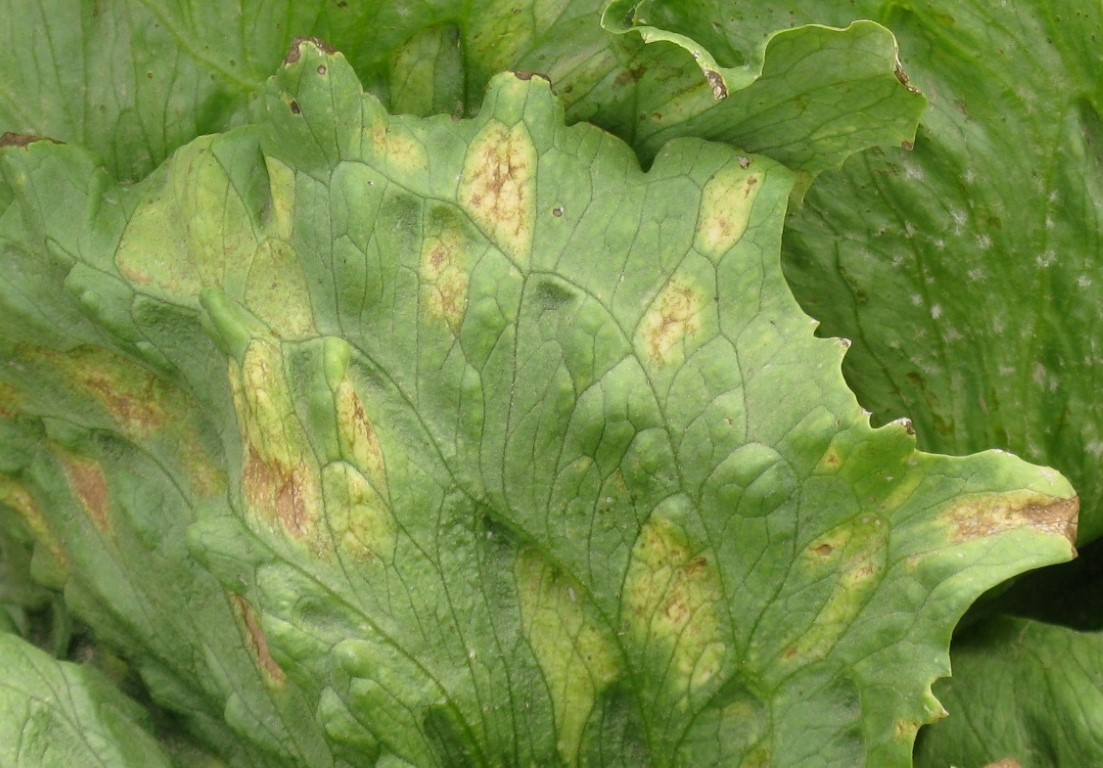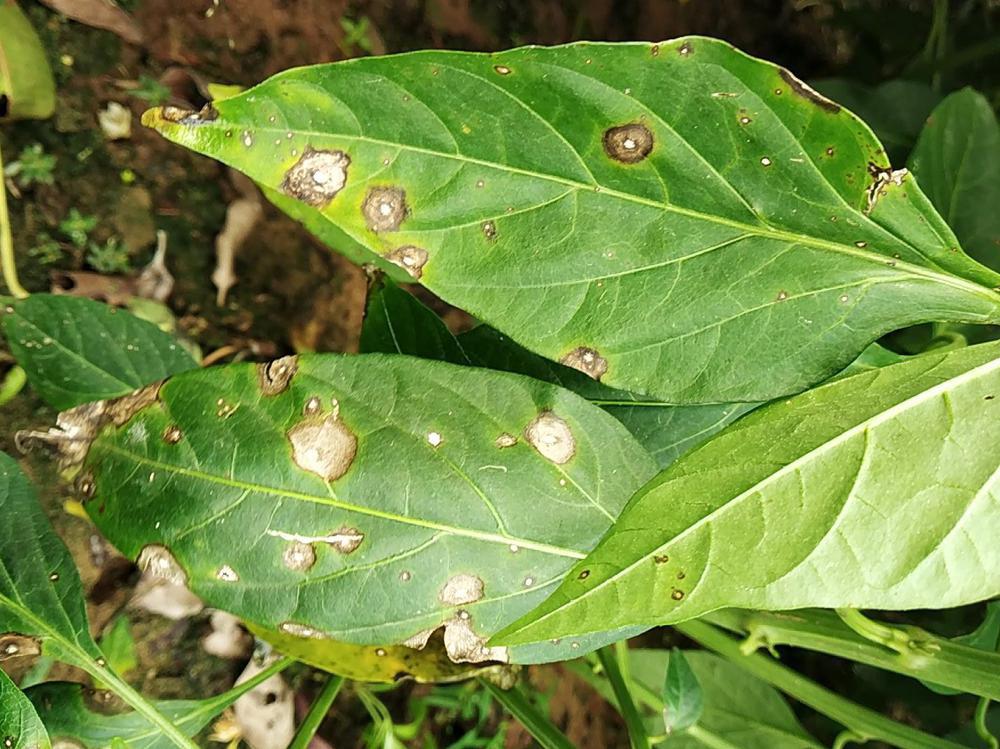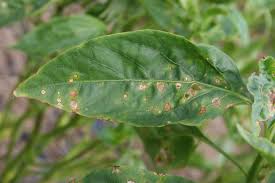Control of Fusarium Wilt in Gram:- Wilt in chickpea (Gram) caused by Fusarium oxysporum fungi. A warm and humid environment is favorable for it. the prevention of the disease, the following precautions have to be taken.
- Conserved soil moisture during Monsoon.
- Level up after deep plowing (6-7 inches).
- Use disease-free seed.
- Follow 6-year crop rotations.
- Grow resistant varieties.
- Seed treatment with Carboxin 37.%+ Thiram 37.5% @ 2 gm /kg or Trichoderma viride @ 5 gm/kg.
- Avoid sowing when the temperature is high. Sown in the second and third weeks of October.
- Irrigation in November-December.
- Apply Mycorrhiza @ 4 kg/acre at 15 days after sowing.
- Spraying Thiaphanate methyl 75% WP @ 300 gm/acre at before flowering.
- Spraying Propiconazole 25% EC @ 125 ml/acre at pod formation stage.
Like and share with other farmers by clicking on the button below
Share


